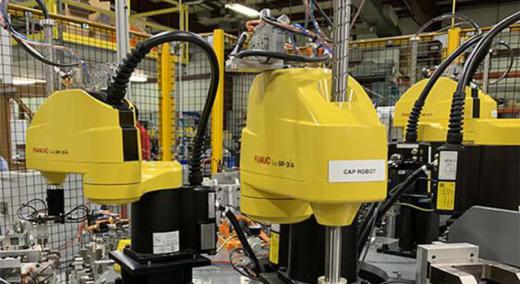In 2017, in response to a Boston Dynamics video, billionaire Elon Musk infamously tweeted, “This is nothing. In a few years, that bot will move so fast you’ll need a strobe light to see it. Sweet dreams....”
|
ADVERTISEMENT |
Whether or not Musk’s ominous prediction comes true for Atlas (the robot in the video), he raises a good question. How critical is high speed in robotics?
Of course, when it comes to industrial robots, this question can mean close to nothing unless we define what type of robot we are concerned with and what application the robot is performing.
For example, speed considerations for a six-axis automotive paint robot are quite different from those of a delta robot performing assembly in an electronics factory. Applications such as painting and arc welding have maximum speeds due to the processes. A MIG welder can only lay down so many inches of bead per minute. A paint robot prioritizes smooth, sweeping motions over fast, jerky joint movements while spraying, for obvious reasons. But what about the many applications, such as pick-and-place or assembly, where there seems to be no ceiling to movement speed? Why don’t manufacturers choose robots that move so fast you can barely see them work?
…

Add new comment